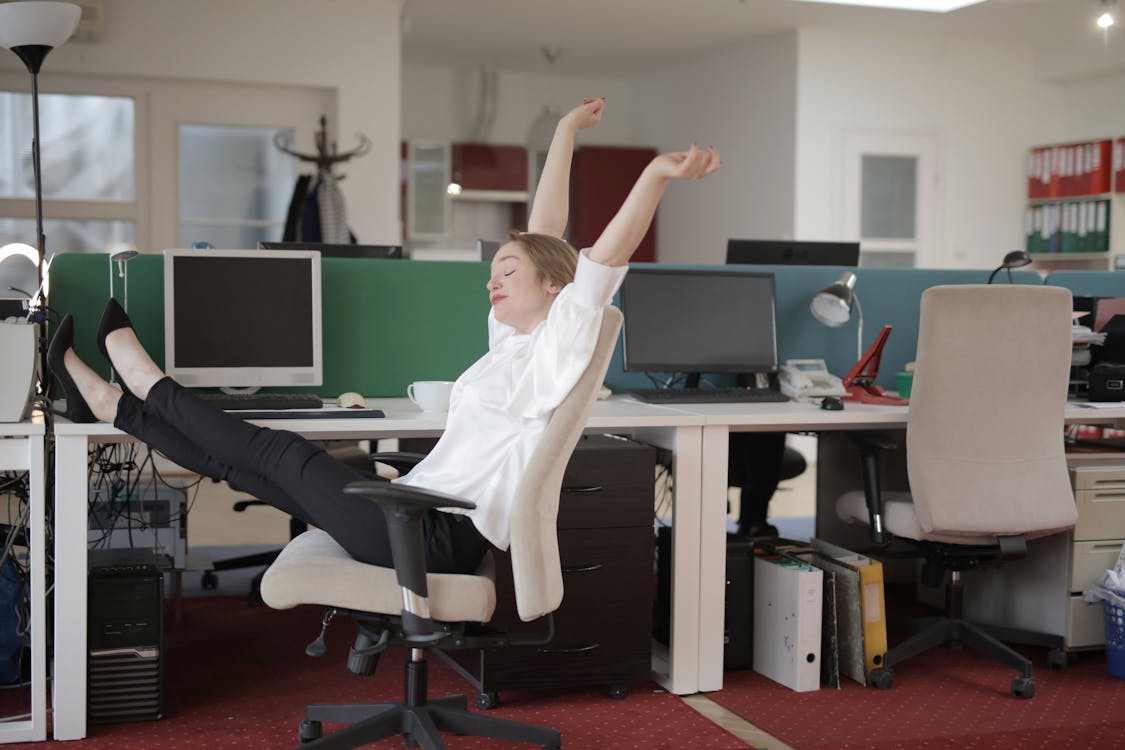
1. Exercise regularly
Walking, cycling, swimming, and leg lifts can help improve circulation. But keep in mind that some high-impact exercises could make the condition worse. If you notice pain after trying any of these exercises, talk to your doctor.
2. Lose weight or maintain a healthy weight
If you are overweight or obese, you are putting more stress on your legs. Losing weight can also keep new varicose veins from forming.
3. Avoid standing or sitting for extended periods of time
Sitting for a long time forces the leg muscles to move blood toward your heart. Prolonged standing can cause veins to overwork. Blood may pool in the leg veins, increasing pressure and causing the valves to become weak and inefficient. Remember to take a break from sitting and stand up and walk for a short while. Try to schedule a similar break from standing by sitting for a while.
4. Do not wear tight-fitting clothes
This can place more pressure on your legs, which can make varicose veins worse.
5. Put your feet up
Use a footrest at work and a footstool or ottoman at home to elevate your feet. Try lying on your back on a bed with your feet propped on the wall or on pillows to improve blood flow back to the heart.
6. Wear support pantyhose or compression stockings
This places pressure on the veins in the lower legs. This pressure can help improve blood flow and prevent further spider or varicose veins. Compression stockings may also help relieve leg swelling and lower the risk of blood clots in the legs.
7. Quit tobacco use
Smoking damages blood vessels and decreases blood flow.